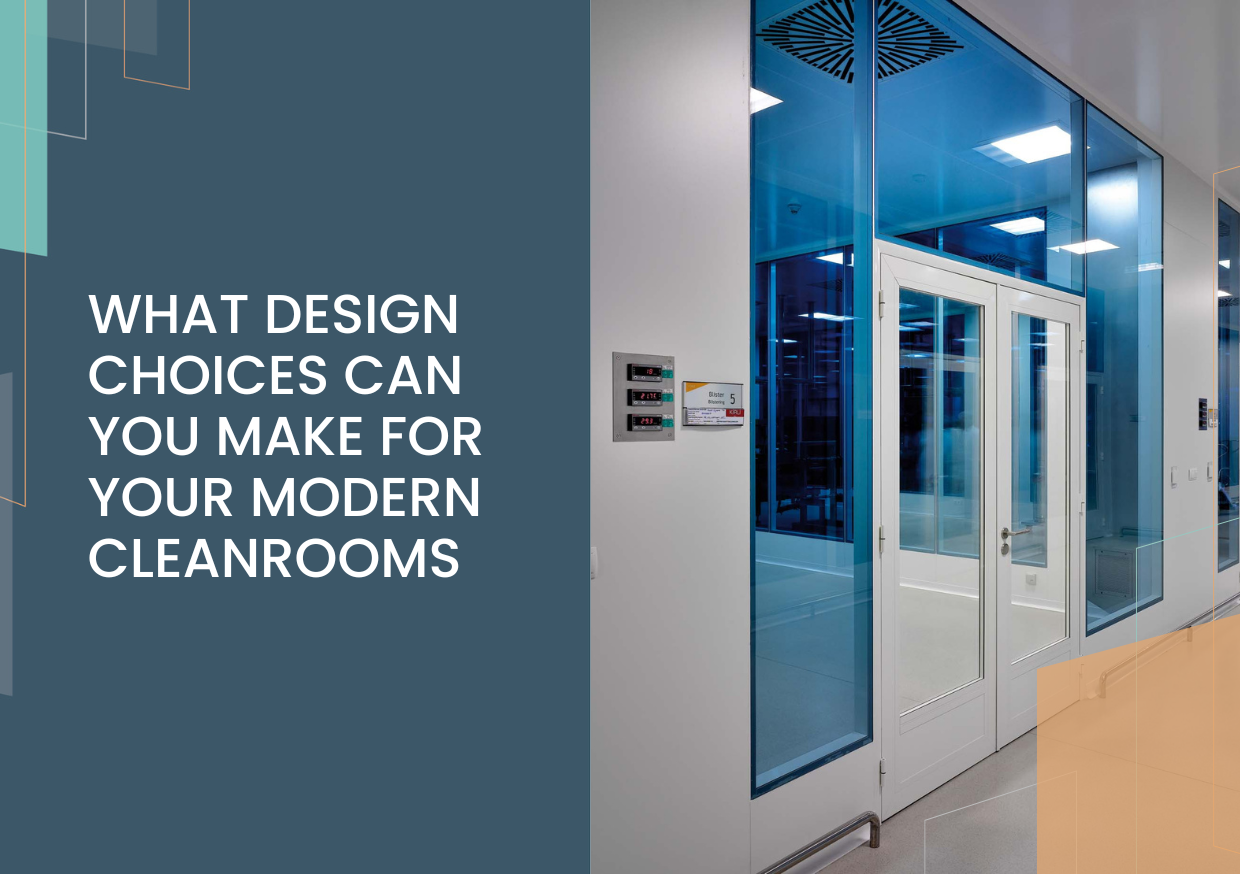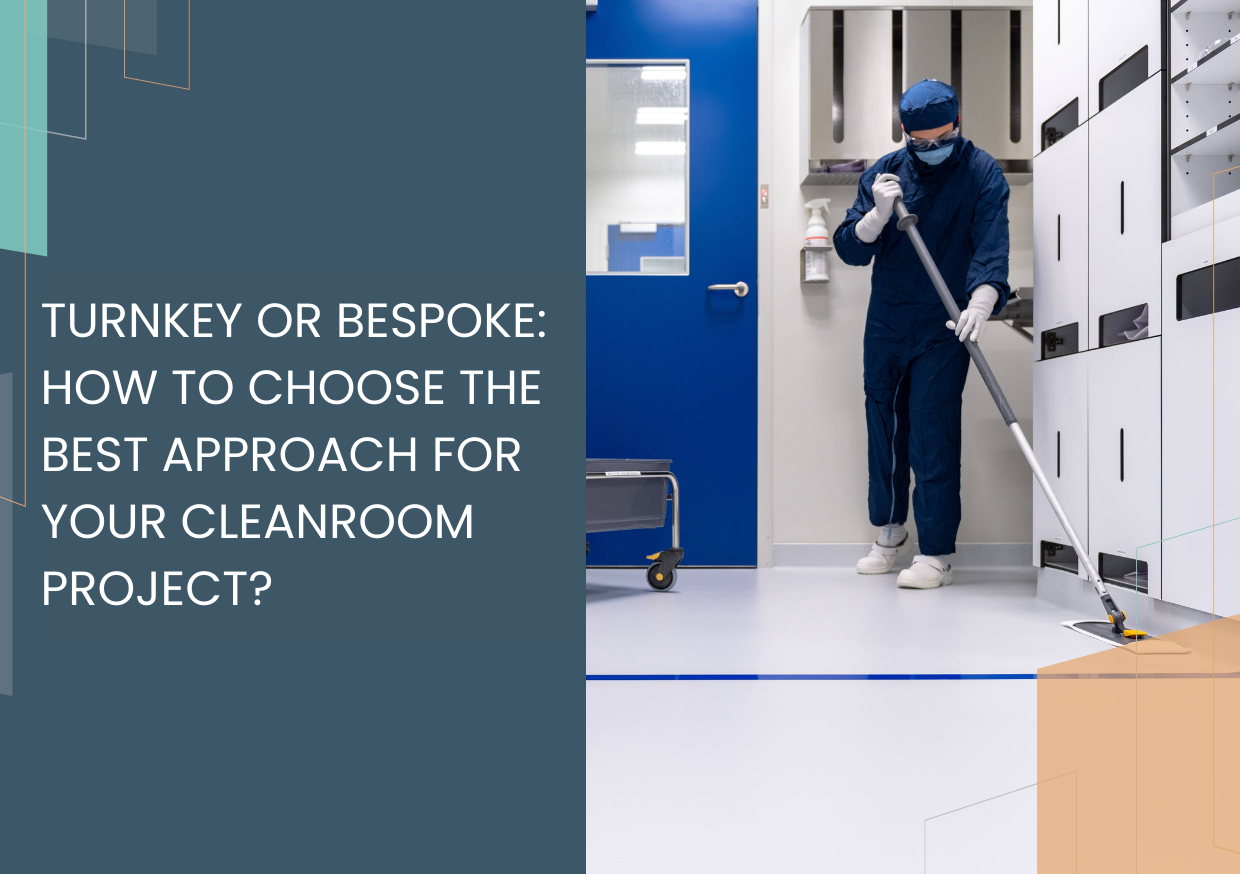3 ways to design more sustainable offices
There are always ways to make your office fit out more sustainable.
If you’re starting from scratch or refurbishing an older office building, considering sustainability in your approach is essential, particularly if you’re looking to achieve BREEAM and LEED certifications for your building.
If you’ve got a near limitless budget or need to stretch your costs as far as possible, there are options available to show your green credentials across the spectrum.

Exploring sustainability in more detail, this blog highlights some of the choices you can make that will help your next office fit-out be far more sustainable.
Beyond the likes of going paperless, using renewable energy, or having a sustainability team, we’re focusing on the choices made surrounding your interior fit-out and how that can help your business highlight its commitments to sustainability.
This guide is also aimed at highlighting the other ways your design can inspire sustainability. To address the issue of carbon footprint in office fit-outs, we will delve deeper into the particular use of office partitions and how you can cut associated emissions.
Select Office Partitions That Meet The Circular Economy Requirements
The circular economy plays a vital role in helping you meet your sustainability goals and even achieving BREEAM and LEED certification.
Finding products that meet the demand of the latest trends in the sector is one thing, but you want to know that the options you choose also help you reach your organization’s sustainability goals. Selecting products that fit into the circular economy methodology is a valuable way to embed sustainability into the core of your office.
Circular Economy principles revolve around the idea of prolonging products lifecycle to avoid excessive extraction of resources and accumulating waste. When it comes to office fit-out, circular principles encourage office owners to rethink the way their workspaces are designed and built. Moving away from the traditional linear “Take-Make-Waste” pattern, there is instead an emphasis on reusability and repairability to create more virtuous materials loop.

As organizations evolve, workspaces often undergo design changes every 3 to 5 years. Layout changes usually come at the expense of the previous fit-out. Previous fixtures and fittings will be discarded to make place for a new fit-out. This process unfortunately heavily increases an office carbon footprint as successive layout changes consume more materials.
Office partitions are an obvious candidate to embed circularity into your design. Modular partition systems can be easily dismantled and relocated to suit your new office layout without generating unnecessary waste. By doing so, you will make sure to cap the emissions of partition works.
This constant circle helps you promote sustainability within your business with nothing ever going to waste. When it’s time for an interior fit-out or an update to your existing materials, you’ll know that the provider you’ve chosen won’t just turn up and dispose of the materials. Instead, they’ll be used once again, starting the circle economy once more.
Sustainable Offices: Find Contractors That Have A Sustainable Approach
Some architectural product companies will have their own installation team. More often than not, their approach reflects the philosophy of their business and how products are manufactured.
However, if the office partitions and other furniture you’re sourcing require installation from third party contractors or other, unrelated departments, the hard work that has gone into finding sustainable products can quickly go to waste.
What if the contractors you’re using don’t sort out waste through the adequate system? Studies show that as little as 18% of office fit-out waste is actually recycled.
If sustainability is guiding your choice of office partition and products to use in your working environment, it needs to be with a team of sustainable contractors.

Consider our previous point on the circular economy and how all aspects need to lead into the other. If decommissioning teams safely dispose and recycle of materials, these can be re-used. If plasterboard needs to be taken down and replaced with partitions, do so in a manner that doesn’t throw pollutants into the surrounding environment.
The LEED certification scheme take a very strict stance on the issue of waste management in commercial projects. A thorough waste-management plan plays an integral part in reaching the minimal score to achieve LEED certifications.
Make sure any designer or contractor is challenged on this approach. You want to make sure the entire process is sustainable and highlight how you are determined to complete your project to the highest sustainability standards.
Office Design For Culture & Wellbeing
Sustainability isn’t only about reducing embodied carbon and finding ways to help solve the climate crisis. Sustainability can also refer to things of a much smaller scale; the sustainability of your workspace and those within it.
Your sustainability goals need to go hand-in-hand with your well-being goals. After all, each relies on the other.
Every generation that passes has an increasing interest in their workplace’s commitments to the environment, with 33% of those asked in a recent study by HR News study reporting that climate change affects how they’ll search for opportunities.

If you can highlight how your business is doing its part for the environment, not only are you likely to attract the best possible talent to your business, but they’ll working to a far better standard within an environment they can cherish.
By doing this, you’re creating a far more positive working environment and one that can be a boost to the mental health and wellbeing of all of those within it.
Create spaces where people can work together and collaborate, and you’ll embody a culture of positivity and wellbeing. Far from the days of designated desks and feeling stuck in your 9-5, designing your office for culture and wellbeing as much as designing it for the latest trends is vitally important.
The Design Choices For Your Sustainable Office
You have to push back against the mindset of ‘we’ll do that one day’. If you want your business to make a difference and fly the flag for sustainability, now’s the time to start.
There has never been a better time to turn your business into a sustainability powerhouse. Focusing on products that contribute to the circular economy is just the start. You need to make sure that the entire process is also doing everything to protect the very future of the planet.
It doesn’t just stop at the choice of furniture either. As we’ve discussed, it’s important to touch on the entire process. Are the contractors you’re using installing sustainably for instance. Only when you start breaking down every aspect of your interior fit-out does your sustainability design choices start to shine through.
Then, once you know you’ve done everything you can for sustainability. Modular office partitions for fluid spaces, manufactured for the circular economy and installed sustainably do the wider benefits shine through.
When the interior is a space of serenity and sustainability, your employees benefit too, changing the culture to reflect modern demands and have a greater impact on the mental health and wellbeing of those within it.
Sustainability is more than your BREEAM or LEED certifications. It’s about making sure the requirements of your employees and the next generation are being met, too.
Focusing on these key design choices, Clestra provides a complete interior fit-out life cycle with sustainability at the core, providing modular office partitions for your business.



